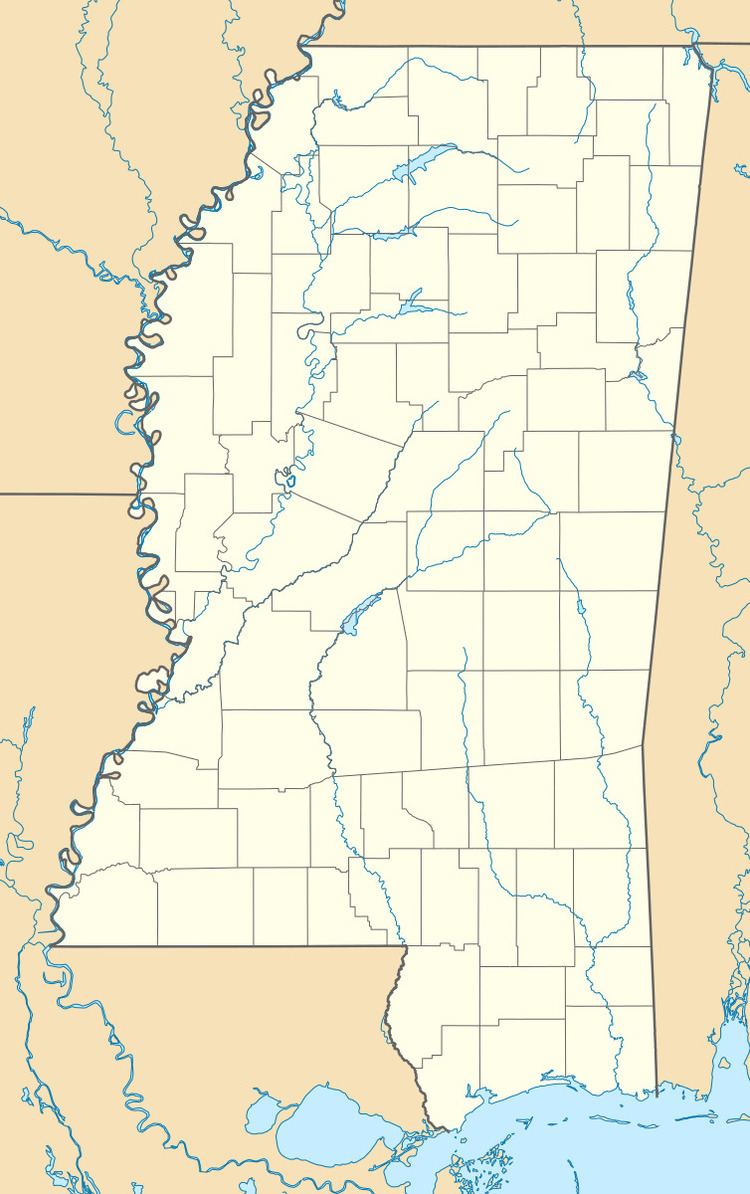NRHP Reference # 80002288 Local time Wednesday 1:15 AM Added to NRHP 22 April 1980 | Area 85 ha | |
 | ||
Weather 18°C, Wind N at 10 km/h, 66% Humidity | ||
Plymouth was an early settlement in Mississippi in present-day Lowndes County. Plymouth was located at 33°31′23″N 88°30′06″W on the west bank of the Tombigbee River. It was formed around 1819, nucleating at the fortified house of John Pitchlynn, the U.S. interpreter for the Choctaw Agency for communications with the Choctaw Nation. The low-lying landing site of the village was prone to repeated flooding. While both Plymouth and its sister town of Columbus across the river had high bluffs, Plymouth's landing site did not have easy access to the bluff heights. By the 1840s, the village site was abandoned, with most of the residents moving across the river.
Today, the site of Plymouth is just west of John C. Stennis Lock and Dam on the Tennessee-Tombigbee Waterway. A 210-acre (85 ha) area was listed on the National Register of Historic Places in 1980. It includes a village site and a cemetery.
Plymouth Bluff, just downstream of the village site at 33°30′45″N 88°29′33″W, is now occupied by the Plymouth Bluff Environmental Center, operated by the Mississippi University for Women, but on land owned by the Army Corps of Engineers. The complex serves as the local center for ecological studies, as well as a retreat and conference center.
